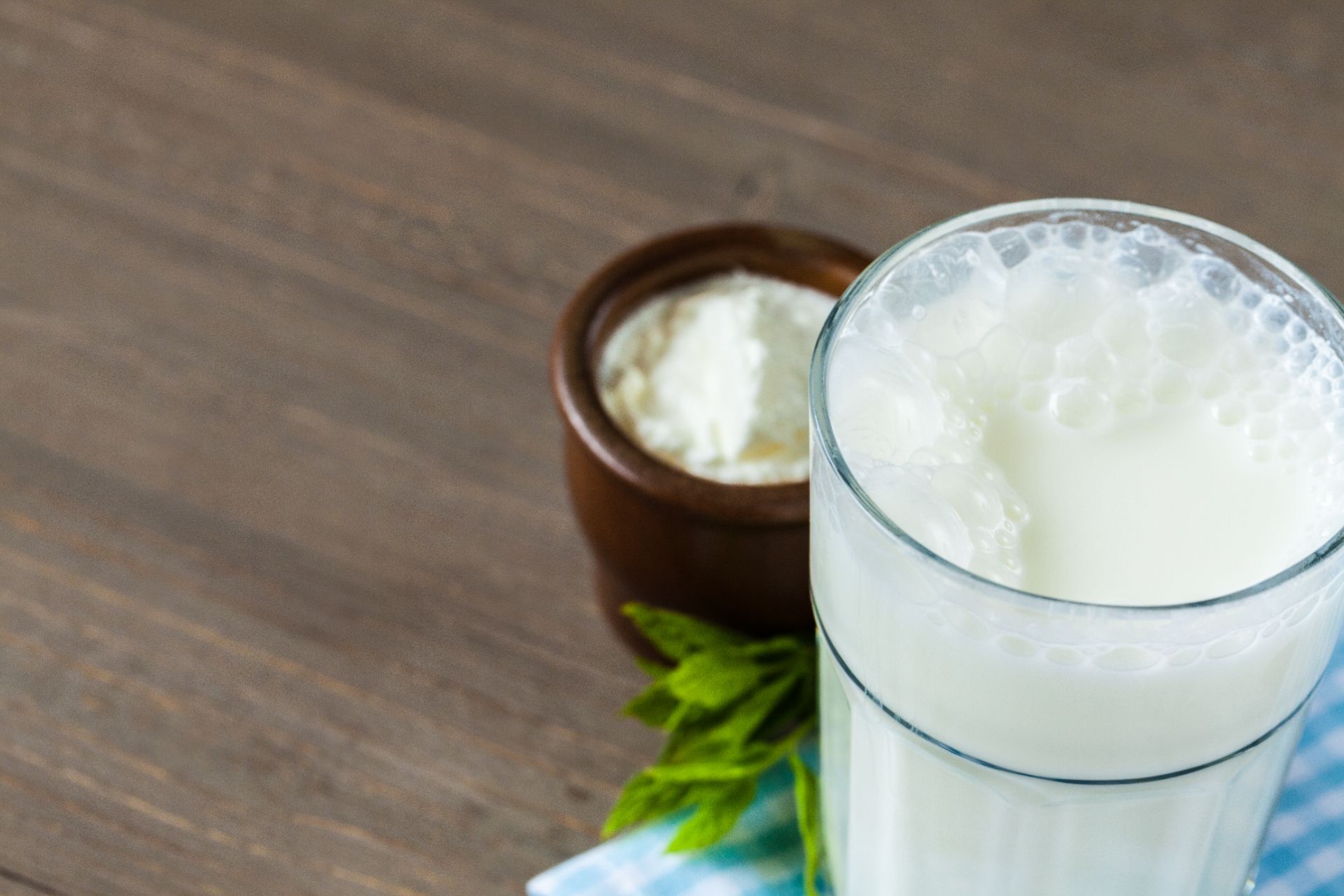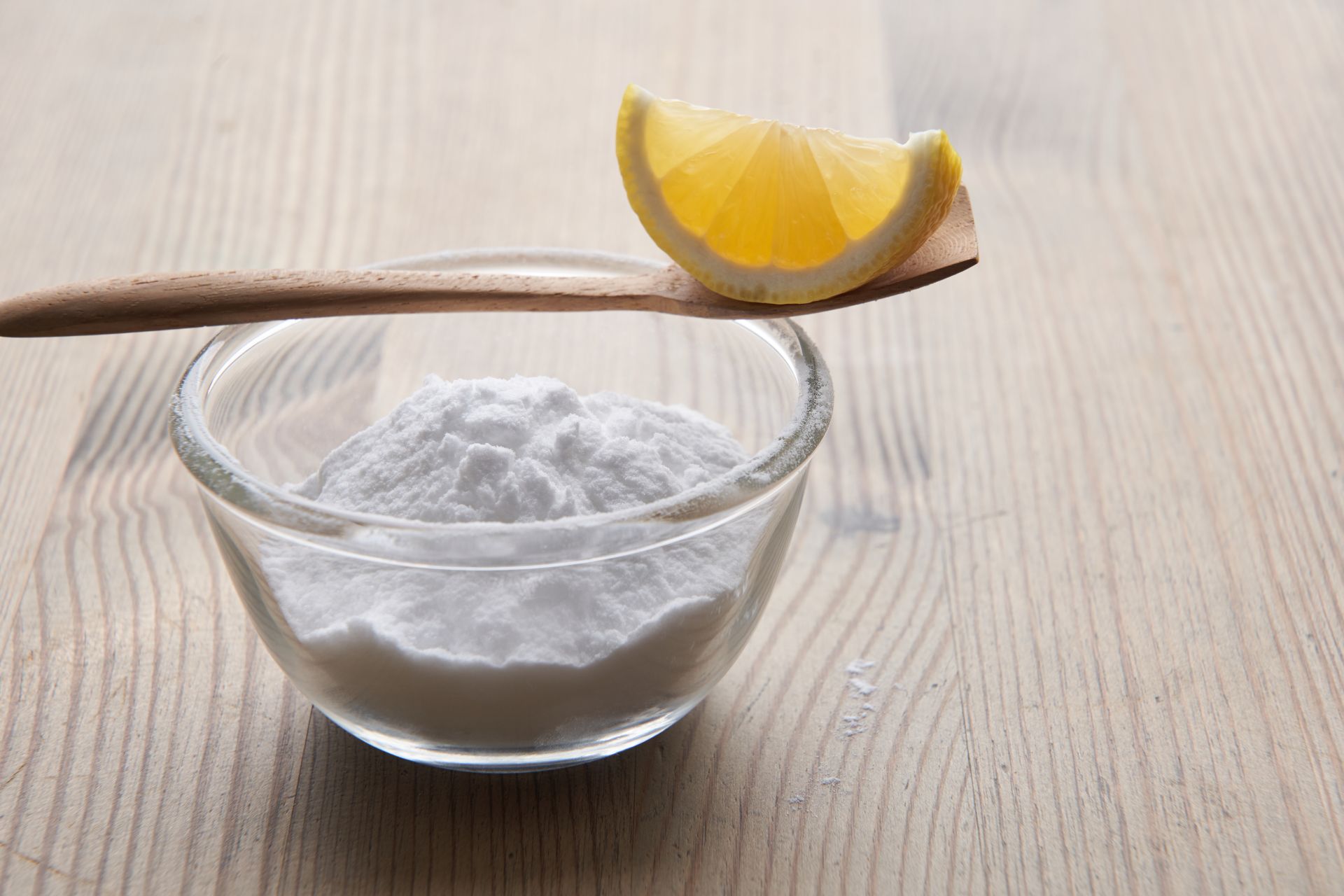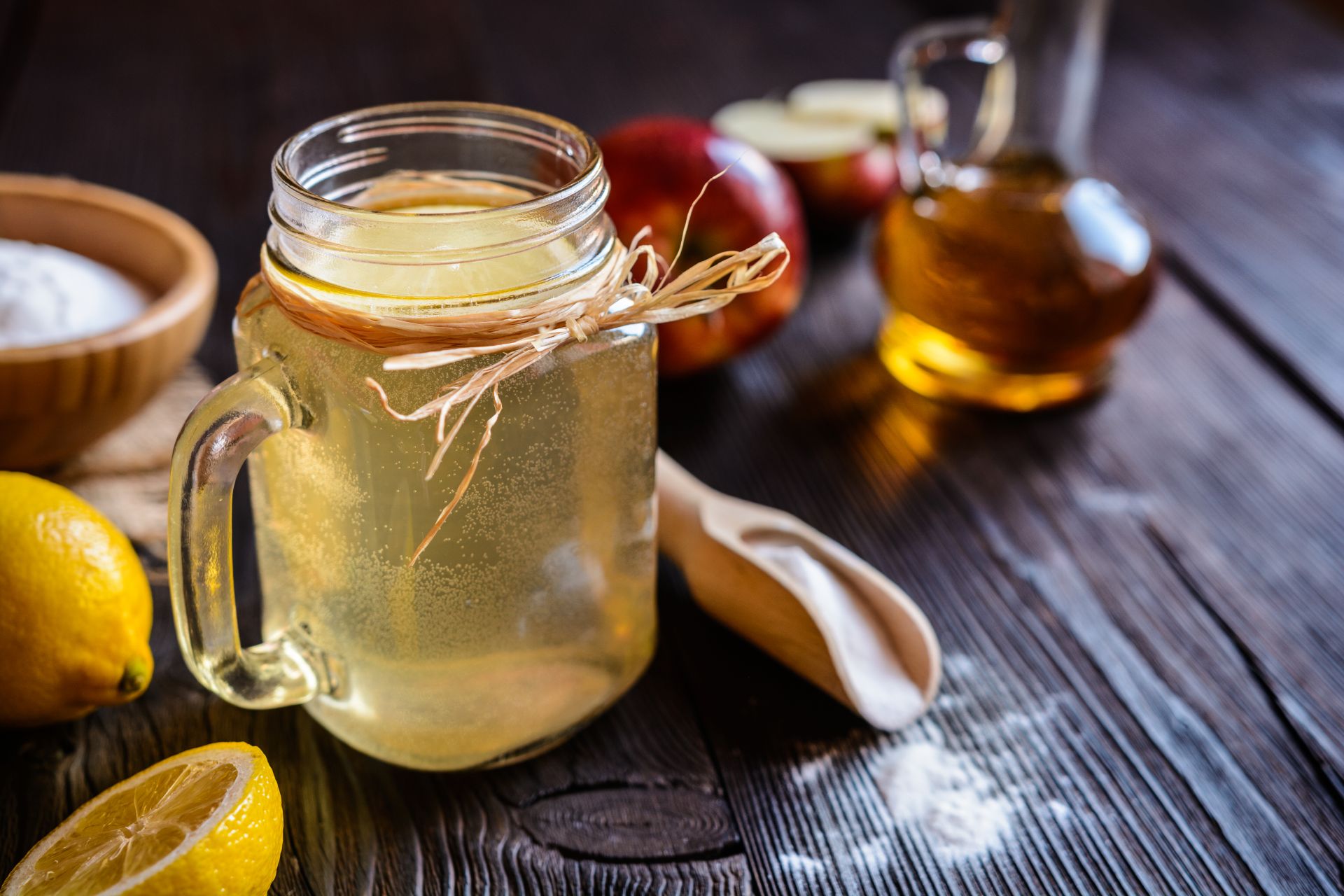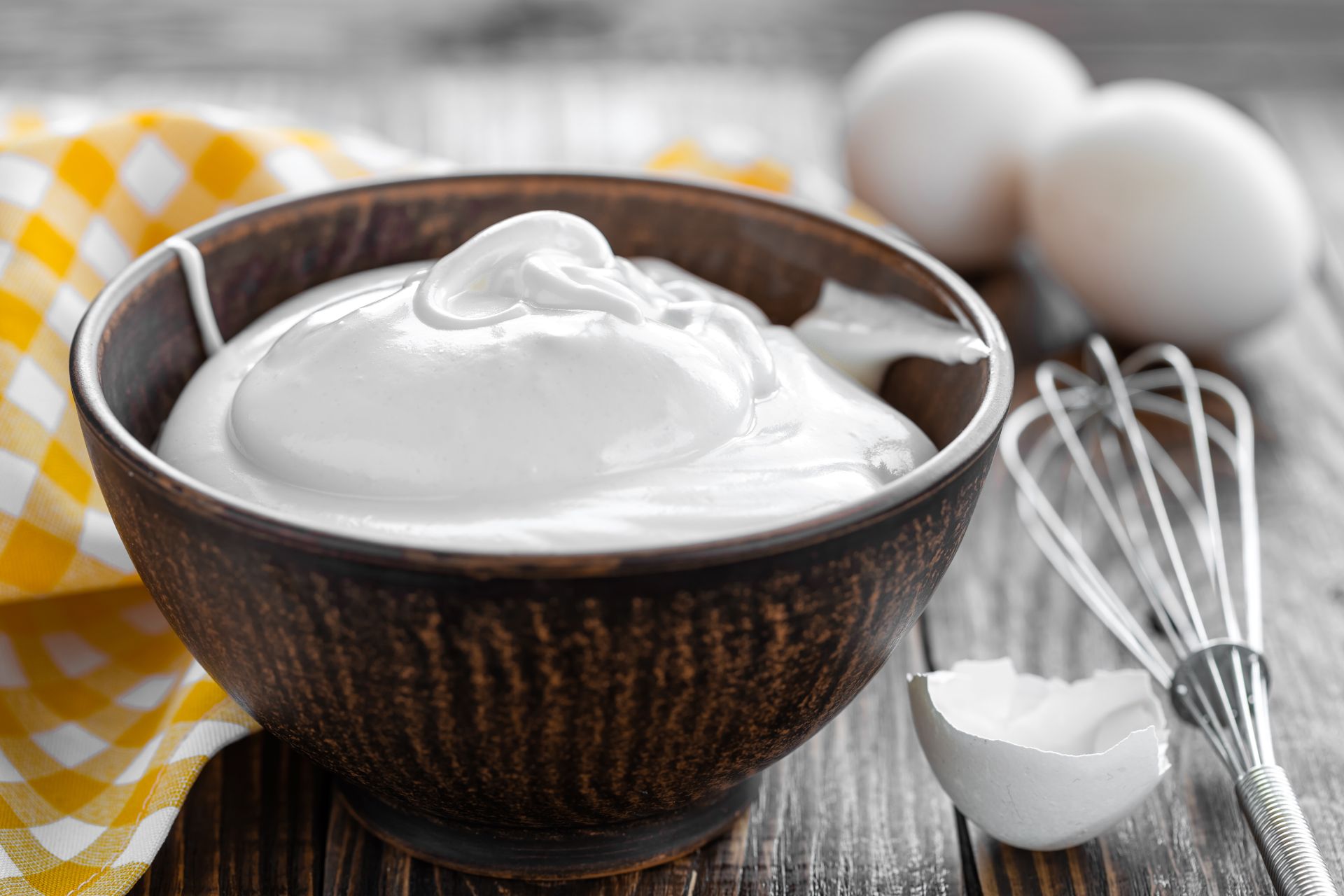It’s an all too familiar scene - you find yourself with a little spare time at the weekend and decide to rustle up a batch of pancakes or a quick sponge cake, only to find one of your key ingredients is missing from the cupboard. In situations like these, it's useful to be aware of a few key baking substitutes, like using honey instead of sugar, or oil instead of butter. After all, they can mean the difference between cake and no cake.
Baking powder, in particular, is one of those ingredients you can easily run out of without noticing, but when it comes to baking, it does a very particular job, and can be difficult to replace. Most baked goods need a leavening agent to make them rise, and if you leave it out, your cake or your cookies will fall flat.
Baking powder makes dough rise because it contains both a base and an acid in dried form. When the powder mixes with the wet ingredients in the dough, the acid rehydrates and reacts with the base, producing carbon dioxide gas, which gets inside the dough and puffs it up.
Some people make the mistake of swapping baking powder for baking soda, but because baking soda contains the base element only, it won’t do anything unless added alongside another, acidic ingredient. Any replacement for baking powder must involve these two key elements - a base and an acid - for the reaction to take place. If you do find yourself without baking powder, read on for a list of substitutes that work.













